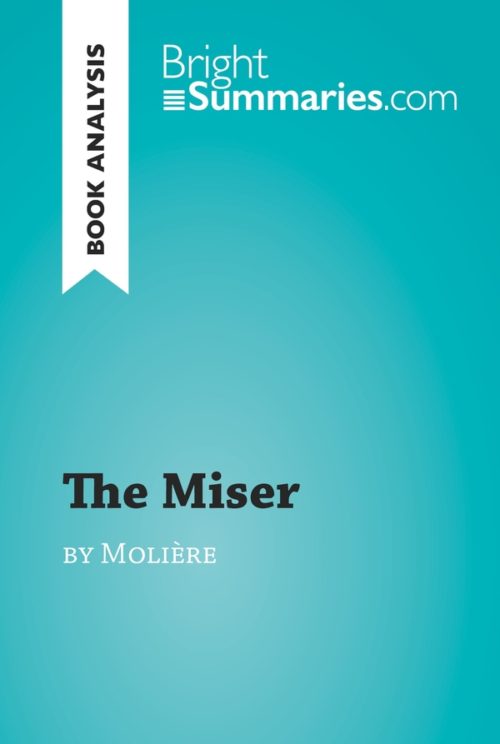Bel Ami by Guy de Maupassant (Book Analysis)
Bel Ami by Guy de Maupassant (Book Analysis)
Detailed Summary, Analysis and Reading Guide
Read more
This practical and insightful reading guide offers a complete summary and analysis of Bel Ami by Guy de Maupassant. It provides a thorough exploration of the novel’s plot, characters and main themes, including power and society. The clear and concise style makes for easy understanding, providing the perfect opportunity to improve your literary knowledge in no time.
This clear and detailed 24-page reading guide is structured as follows:
- Biography of Guy de Maupassant
- Presentation of Bel Ami
- Summary of Bel Ami
- Character study
- Male characters
- Female characters
- Analysis of Bel Ami
- Women and love
- A satire of the press
- A novel between realism and naturalism
- Autobiographical elements
About Bel Ami
Bel Ami was first published in 1885 as Guy de Maupassant’s second book. It tells the story of one man’s rise to become one of the most successful men in Paris. With this background, Maupassant casts a critical gaze on the society of his time and the problems which plague it.
The novel has been adapted on numerous occasions, for film, television and theatre. This is possibly one of the reasons for its lasting success.
About Guy de Maupassant
Guy de Maupassant was a French writer who was born in 1850. Over the course of his short life (he died before his 43rd birthday) he wrote six novels and an incredible amount of short stories, the majority of which were written between 1880 and 1890. His success began with the publication of what is now considered to be his first masterpiece, Boule de Suif. Unsurprisingly, he is considered to be the father of the modern short story.
Although Maupassant did have several friends among the literary elite of his generation, he did not care for society and spent a large amount of time in isolation. He had a similar distate for the Eiffel Tower and was one of the few dozen Parisians who wrote a letter of protest against its construction. In his last few years, he was tormented by madness, and he even attempted to slit his own throat.
Product details
| ISBN | 9782806270269 |
|---|---|
| Publisher | Plurilingua Publishing |
| Collection | BrightSummaries.com |
| Format | |
| Pages | 27 |
| File size | 1.4 MB |







